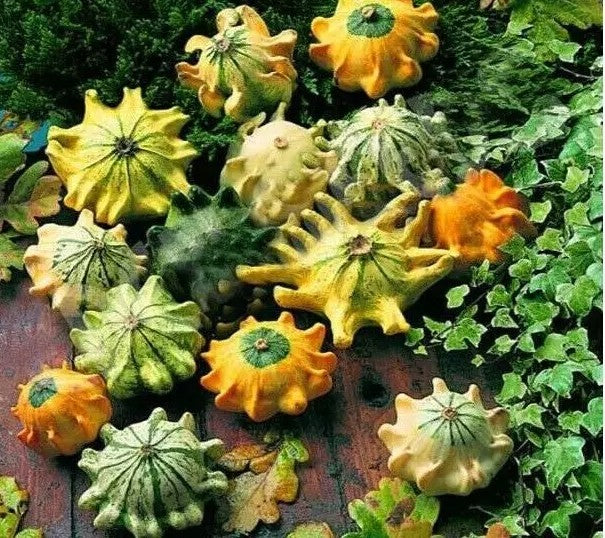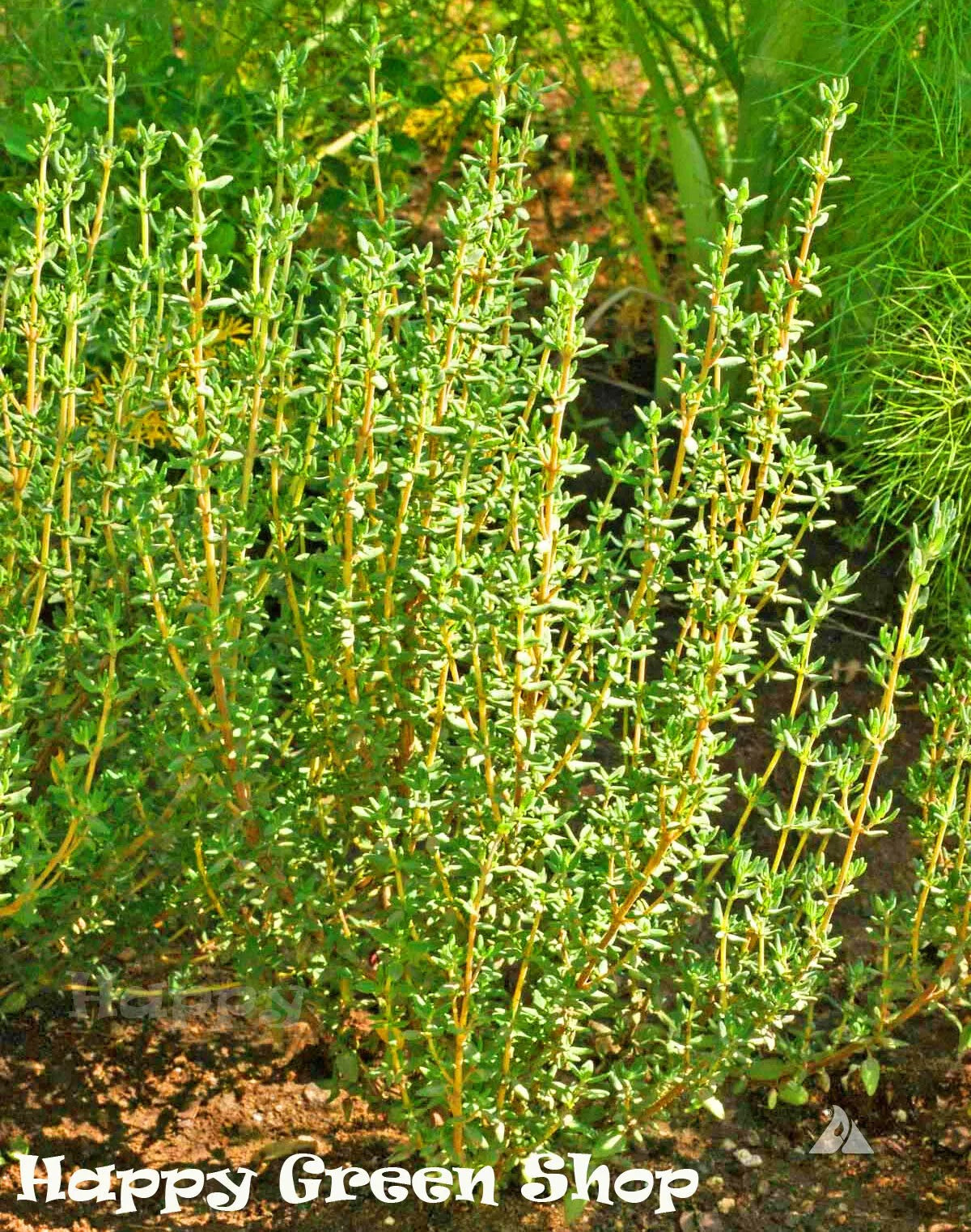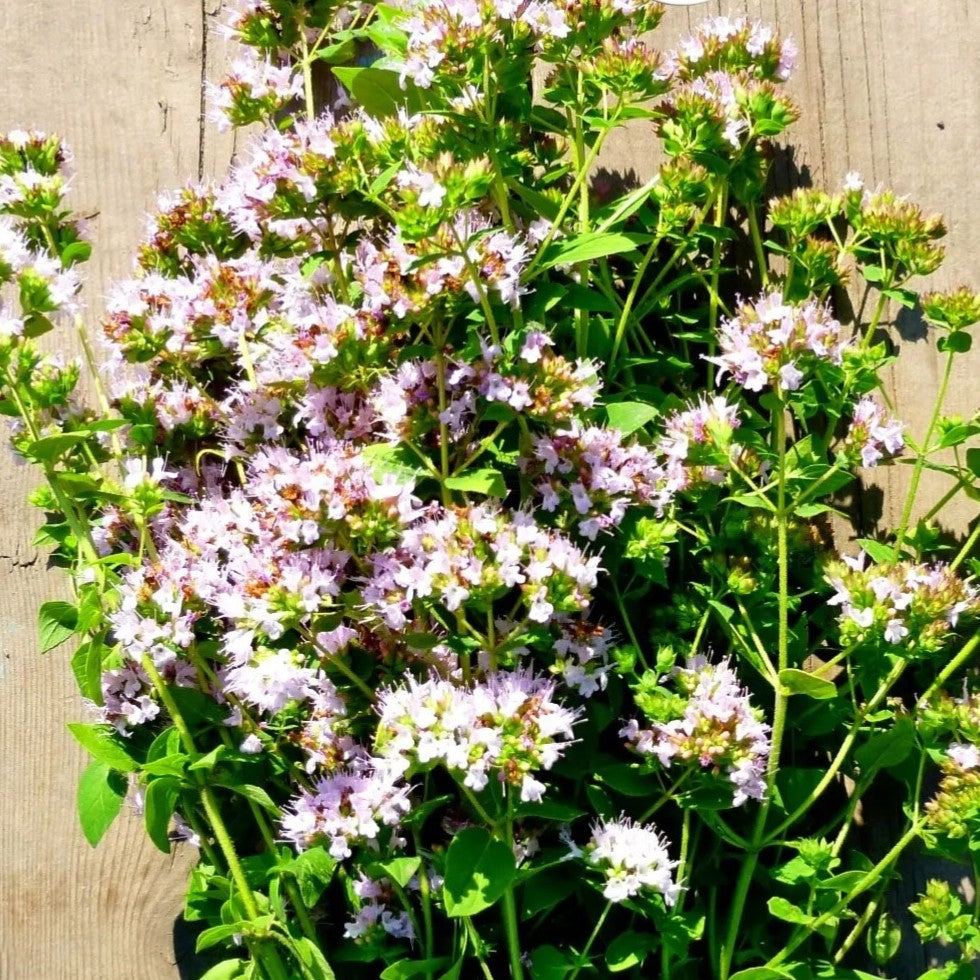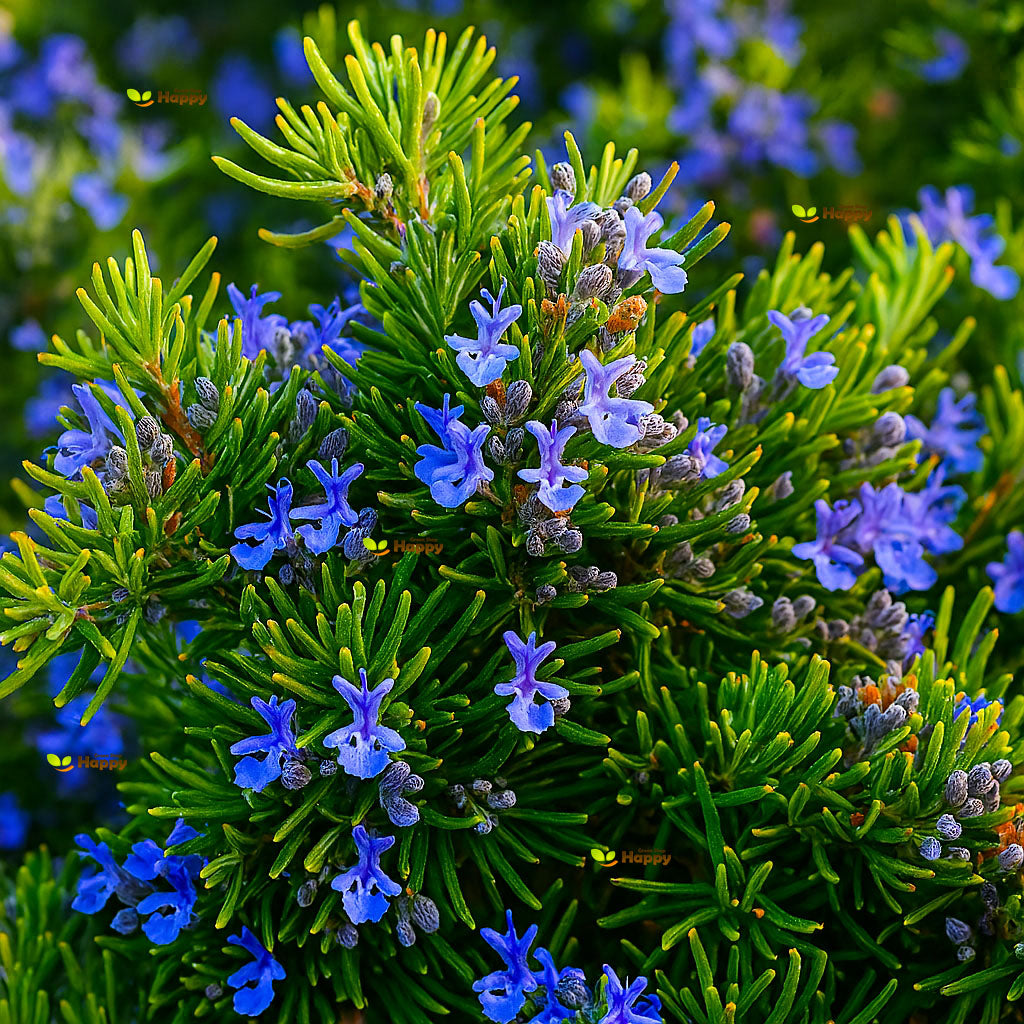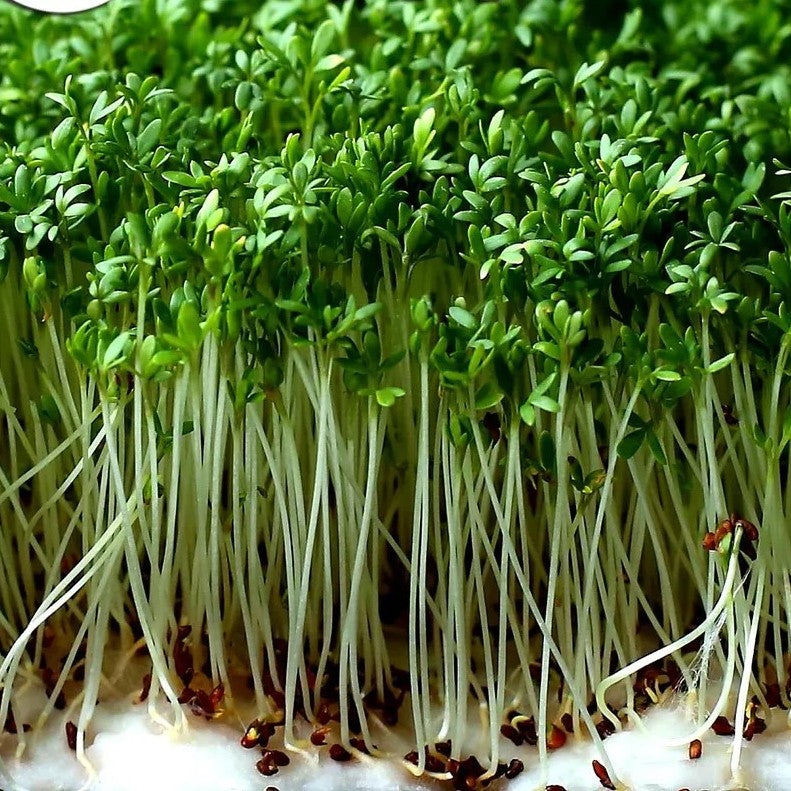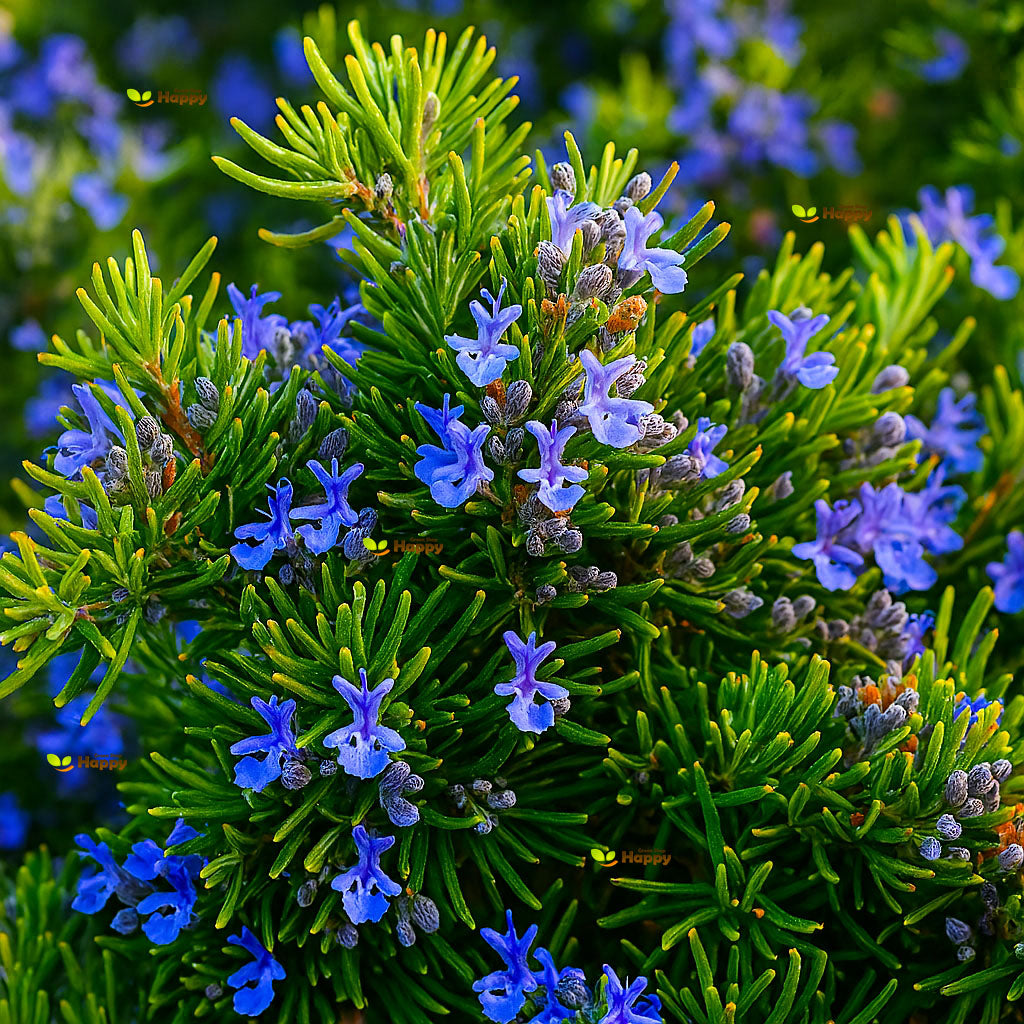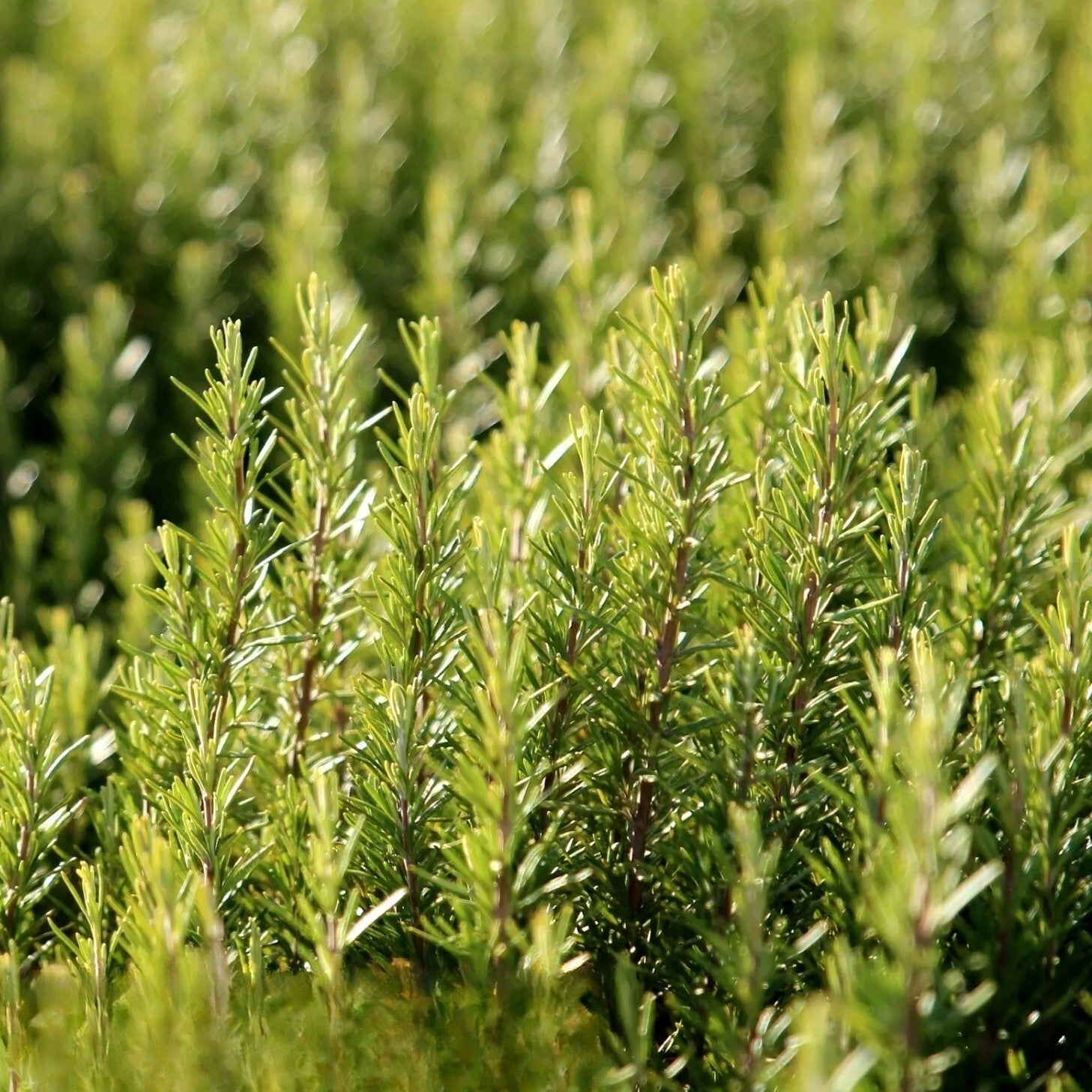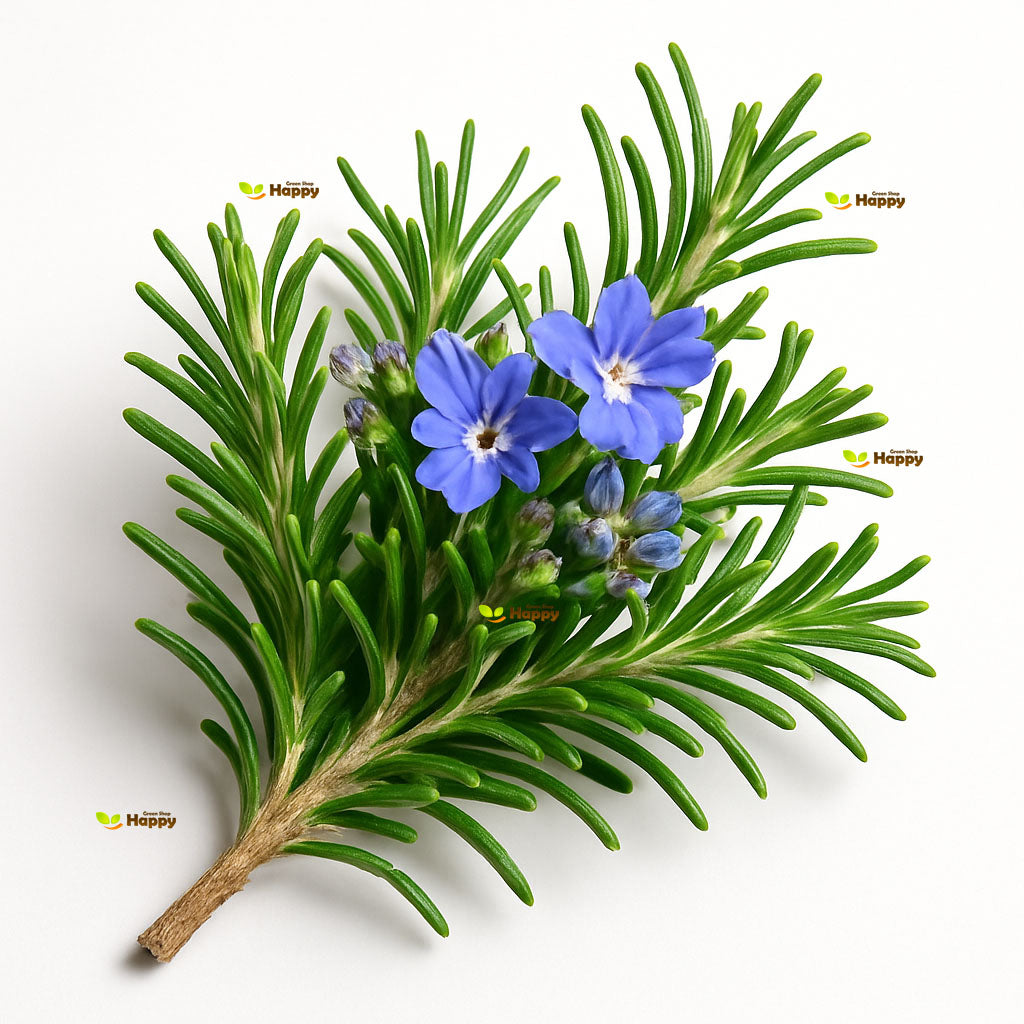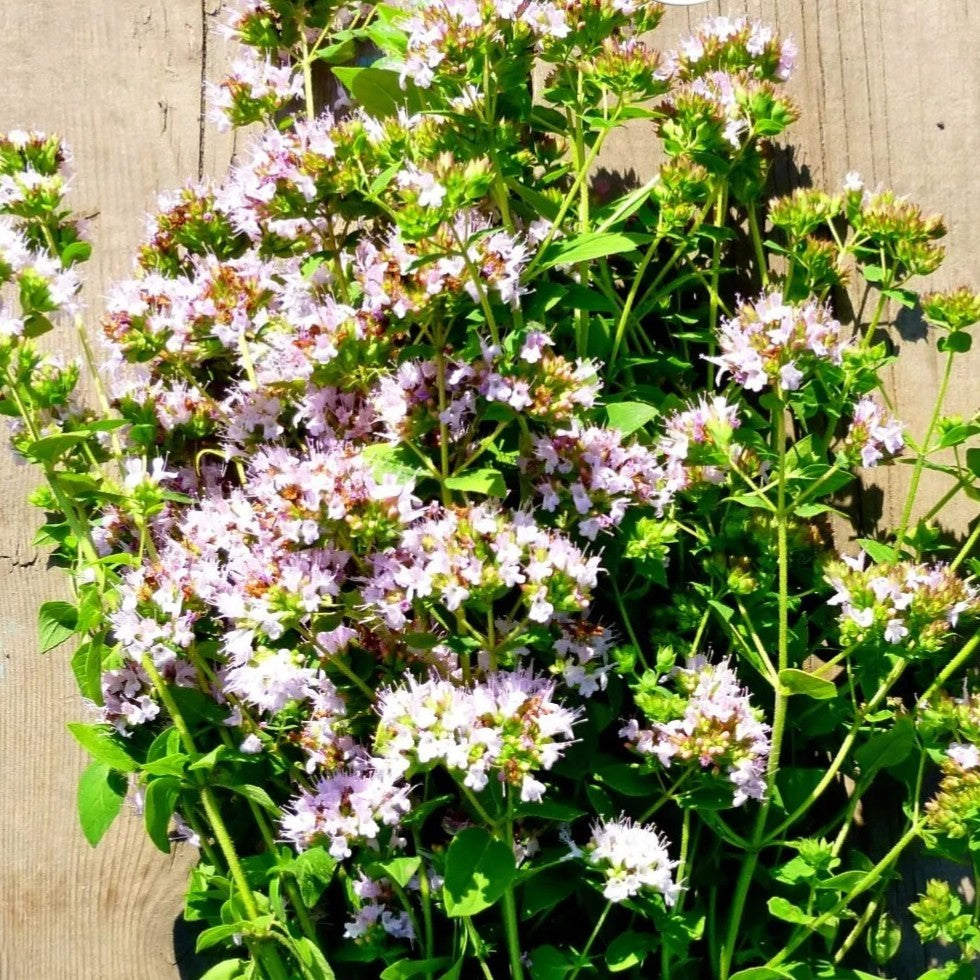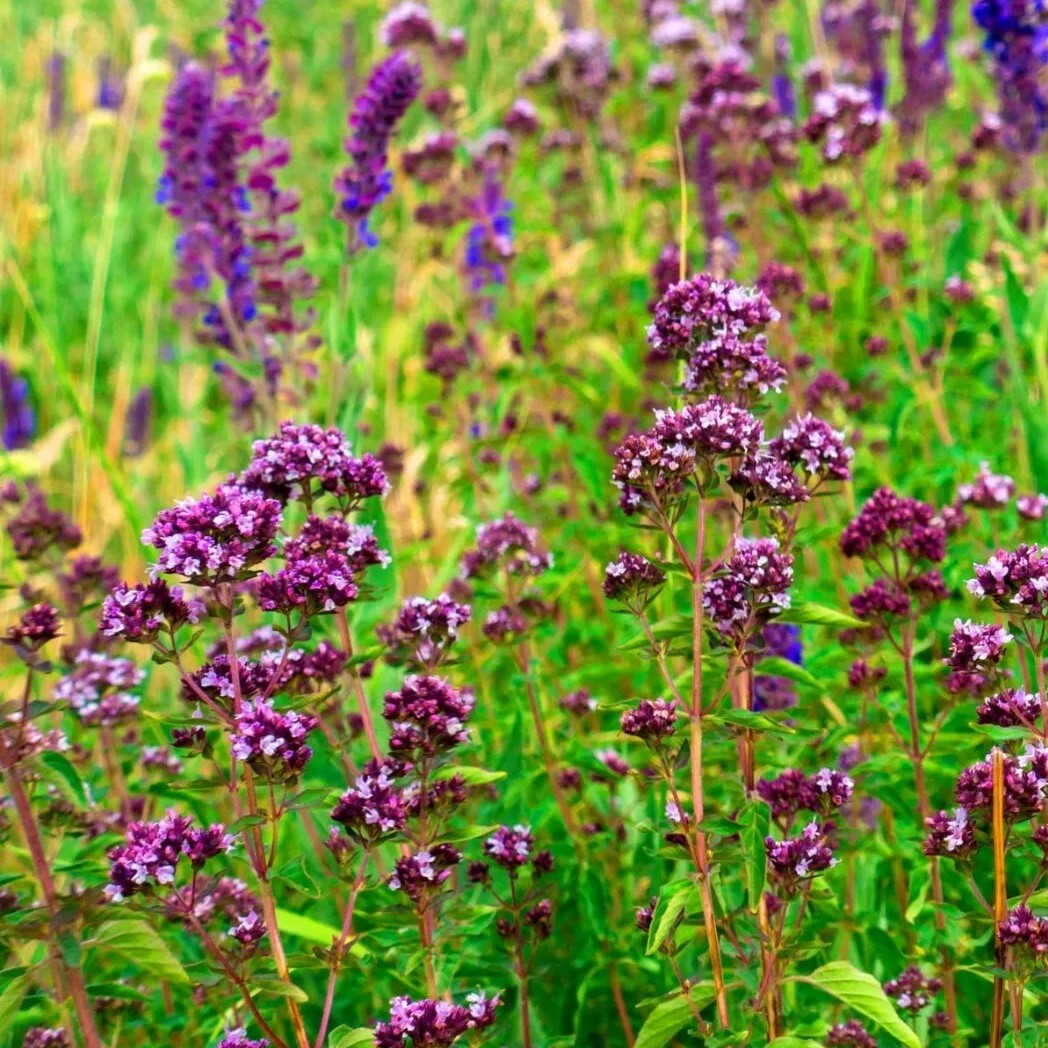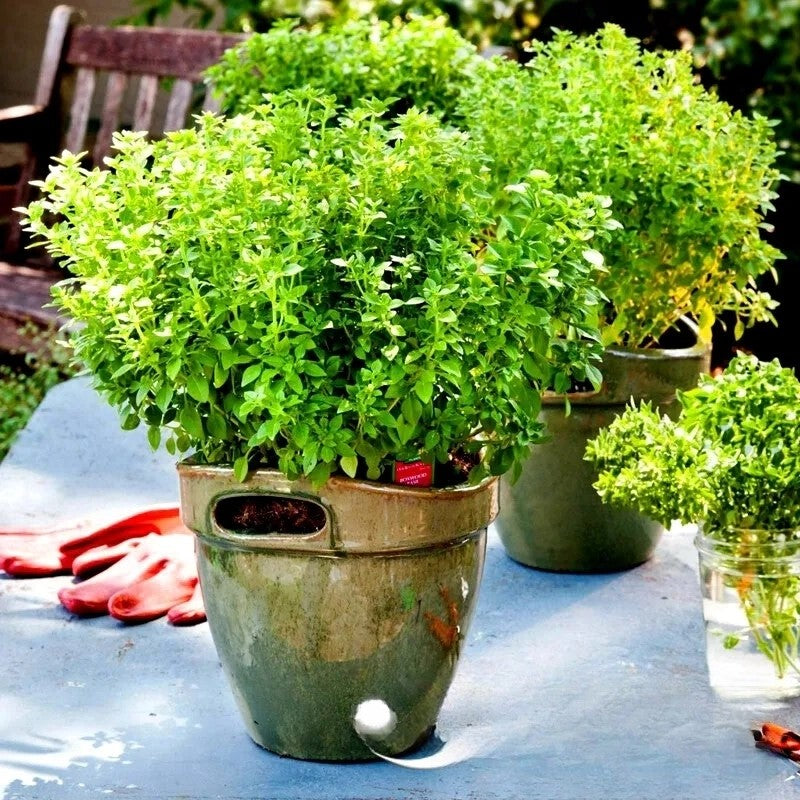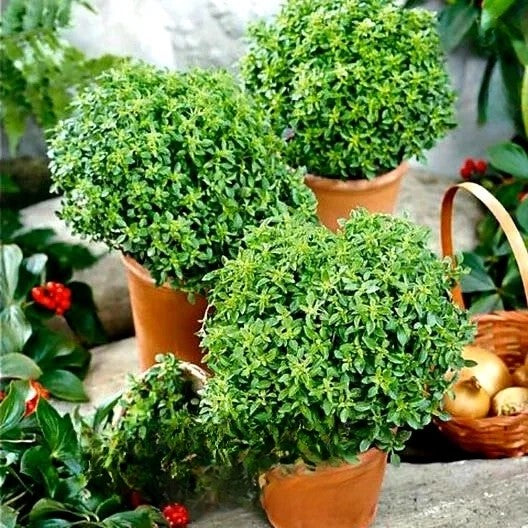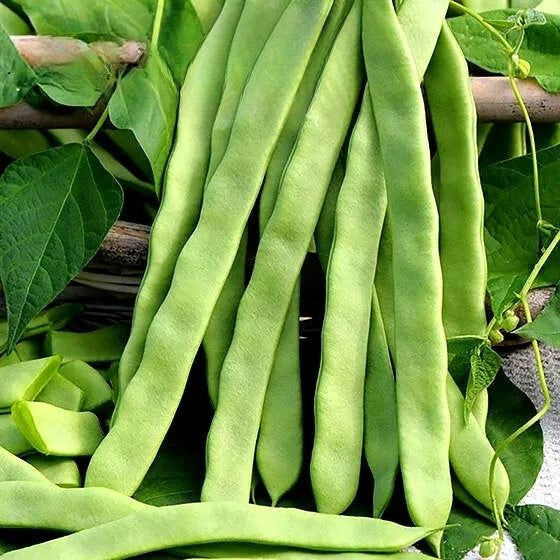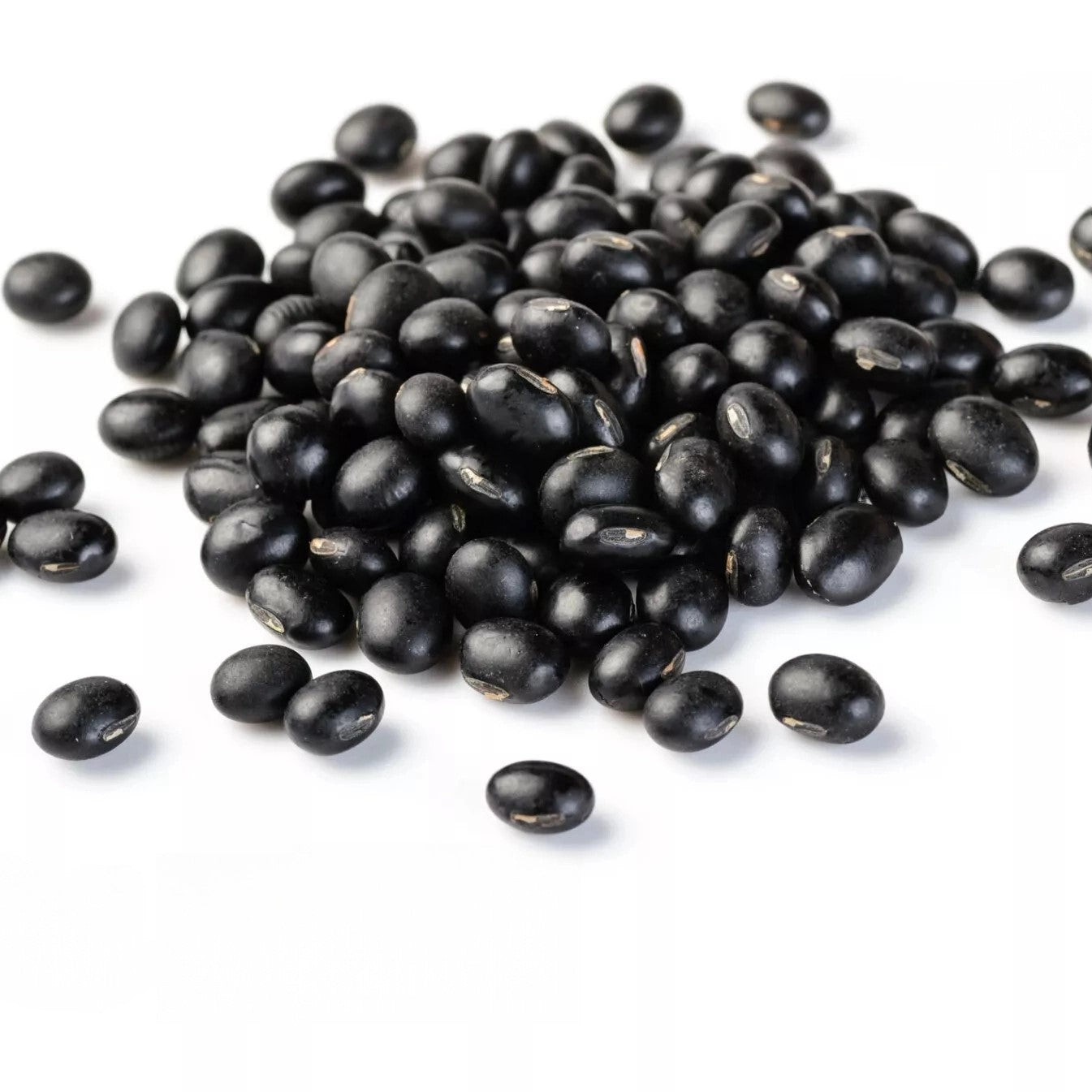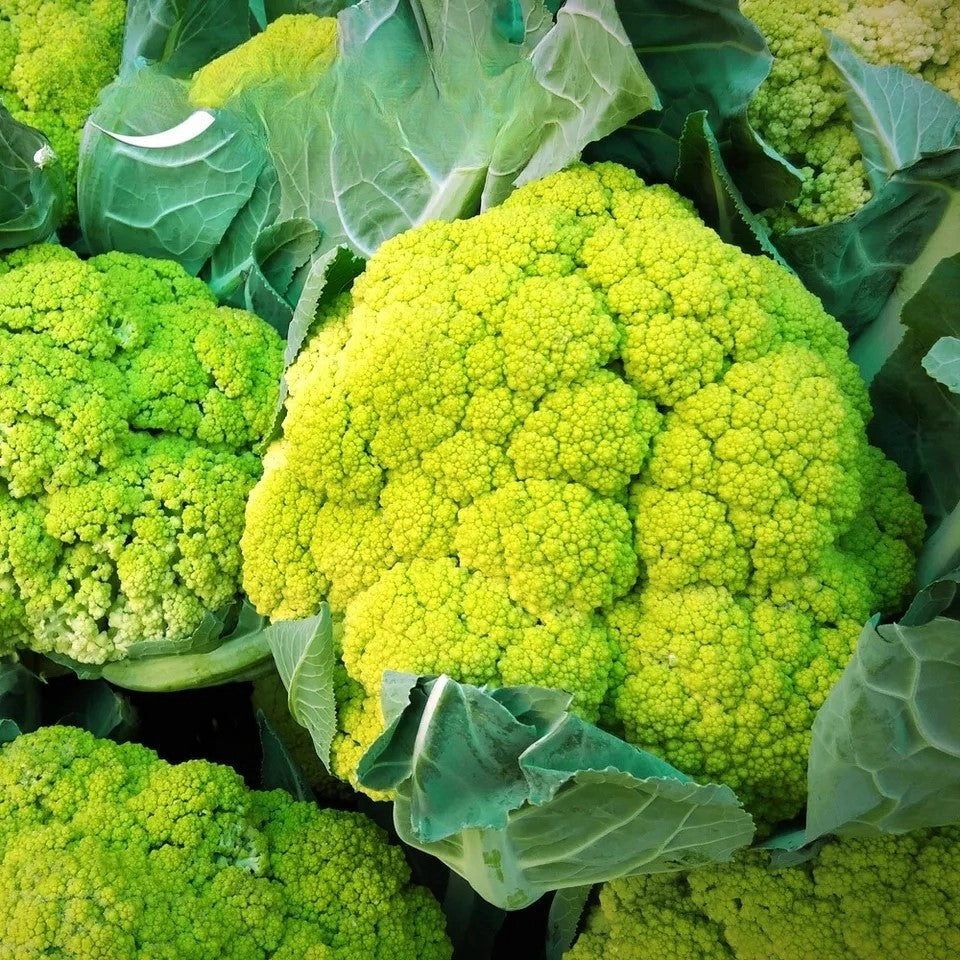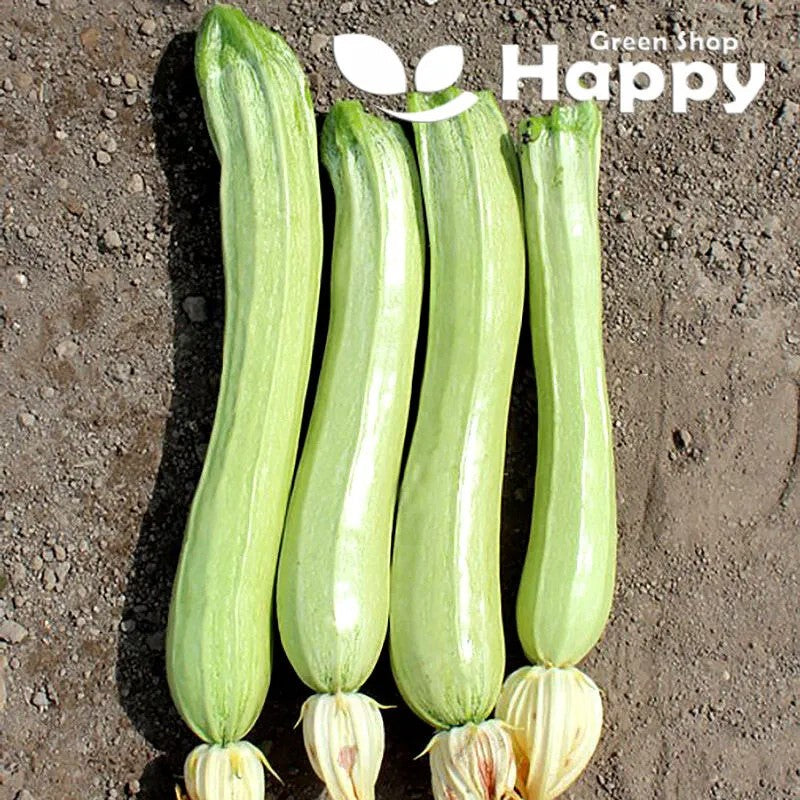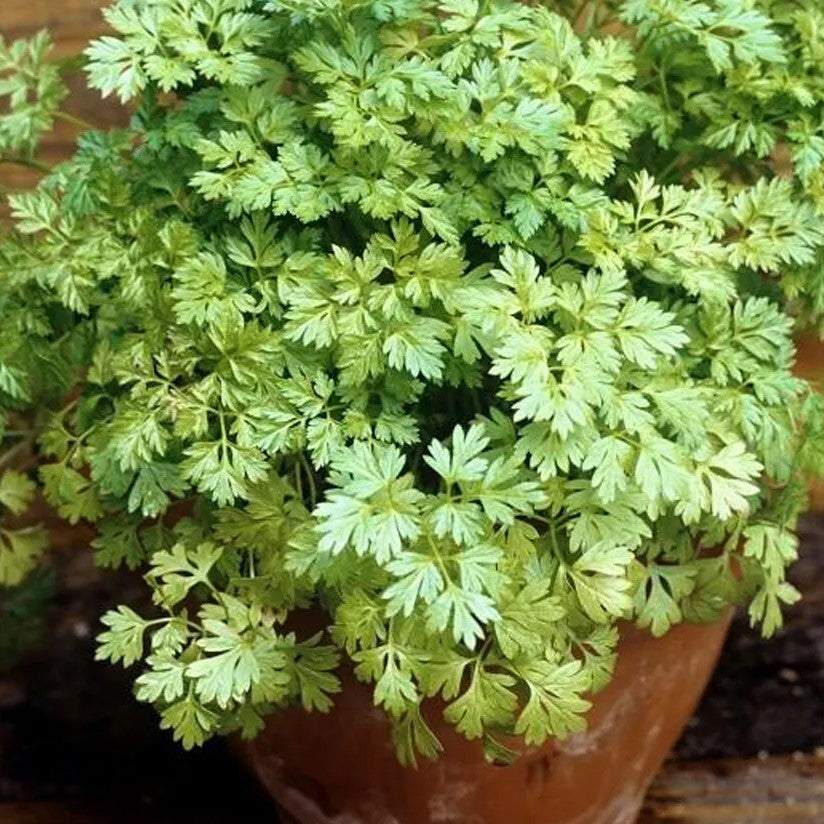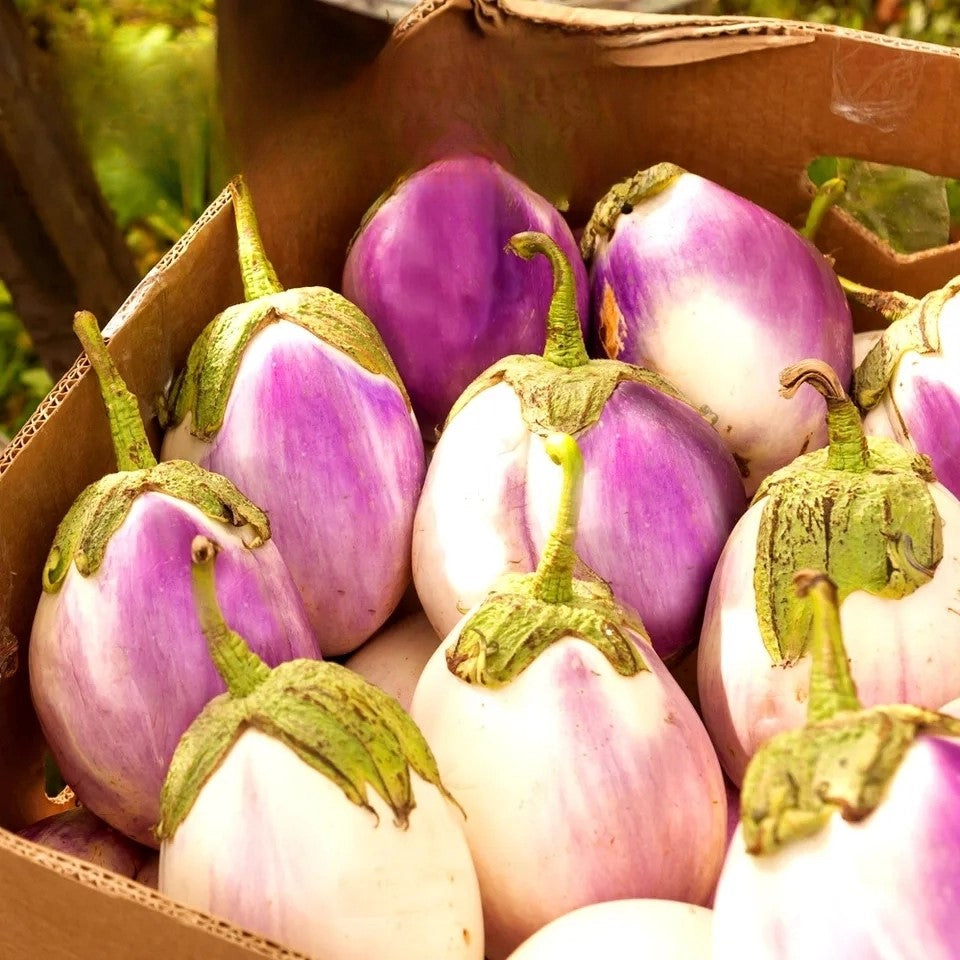Sort by:
12 products
12 products
Discover the uniqueness
Experience the delightful flavor and health benefits of Herbal Blends.
Rosemary – Seeds (Rosmarinus officinalis)
The classic Rosemary is a hardy, evergreen perennial herb valued for its aromatic needle-like leaves and unmistakable flavor. Loved in Mediterranean cooking, it adds depth to roasted meats, potatoes, bread, and sauces. Its strong fragrance also makes it a natural companion plant, helping deter pests in the garden.
Not only culinary, rosemary is also prized for its decorative qualities – perfect for herb gardens, containers, and borders. With its resilience and longevity, rosemary is a must-have for any kitchen garden.
How to Grow
-
Sow indoors: February – April in seed trays or pots
-
Transplant outdoors: After last frost in a sunny spot
-
Soil: Light, well-drained, sandy soil
-
Position: Full sun
-
Care: Water sparingly, avoid waterlogged soil, prune regularly for bushy growth
Key Features
-
Aromatic, evergreen perennial herb
-
Classic Mediterranean flavor for cooking
-
Hardy and drought-tolerant once established
-
Excellent for borders, pots, or herb gardens
-
Natural companion plant with pest-repelling properties
Sowing & Harvest
-
Sow: February – April
-
Harvest: All year once established
Wild Marjoram – Oregano – Seeds (Origanum vulgare)
Wild Marjoram (Oregano) is a hardy perennial herb cherished for its fragrant leaves and delicate pink-purple flowers. A staple of Mediterranean cooking, oregano adds a rich, earthy flavor to pizzas, pasta, sauces, and roasted vegetables. Beyond the kitchen, its nectar-rich flowers are a magnet for bees and butterflies, making it a wonderful addition to herb gardens, borders, and pollinator-friendly spaces.
How to Grow
-
Sow indoors: March – May in seed trays or pots.
-
Transplant outdoors: After the last frost in a sunny, well-drained spot.
-
Spacing: 25–30 cm apart.
-
Oregano prefers light, well-drained soil and thrives in warm, sunny conditions.
Key Features
-
Aromatic herb essential for Mediterranean cuisine
-
Hardy perennial, easy to grow
-
Attracts bees and butterflies with summer blooms
-
Suitable for pots, containers, or borders
-
Drought-tolerant once established
Ideal For
-
Culinary herb gardens
-
Fresh or dried use in cooking
-
Pollinator-friendly borders
-
Container growing on patios or balconies
Sowing & Harvest
-
Sow: March – May
-
Harvest: June – October (leaves can be harvested fresh or dried)
Quick Tip
For the most intense flavor, harvest oregano leaves just before flowering, and dry them in a cool, airy place.
Dwarf Minette Greek Basil – 500 Seeds (Ocimum basilicum)
Dwarf Minette Greek Basil is a compact, aromatic basil variety prized for its small, flavorful leaves and strong fragrance. Ideal for Mediterranean cooking, pesto, salads, and garnishes, this basil brings a fresh, aromatic touch to every dish.
Its dwarf habit makes it perfect for garden beds, containers, or windowsills. Easy to grow and fast-maturing, Dwarf Minette Greek Basil provides a steady harvest throughout the growing season.
How to Grow
-
Sow indoors: February – April
-
Sow outdoors: After last frost, spacing 20–25 cm apart
-
Position: Full sun
-
Soil: Fertile, well-drained soil enriched with compost
-
Care: Water moderately; pinch back tips to encourage bushy growth
Key Features
-
Compact dwarf variety with small, flavorful leaves
-
Strong aromatic flavor ideal for Mediterranean dishes, pesto, salads, and garnishes
-
Fast-growing and easy to maintain
-
Suitable for garden beds, containers, or windowsills
-
Continuous harvest when trimmed regularly
Harvest
-
Harvesting period: 60–75 days after sowing
-
Pick leaves regularly to promote new growth and maintain flavor.
Short Tip
Pinch back the growing tips regularly to encourage bushy plants and maximize leaf production.
Lemon Tree ‘Verna’ – Seeds (Citrus limon)
Description:
Grow your own fresh citrus at home with Lemon Tree ‘Verna’ (Citrus limon). This Mediterranean variety produces juicy, aromatic lemons with a smooth, bright yellow peel. Hardy and productive, ‘Verna’ is ideal for patios, large containers, and garden beds. Perfect for fresh juice, cooking, or garnishing, it’s a rewarding addition to any home garden. Easy to grow from seed, it develops into a compact, bushy tree with fragrant white blossoms.
Key Features
-
Produces aromatic, juicy lemons with smooth yellow skin
-
Hardy, productive Mediterranean variety
-
Compact growth, suitable for containers and gardens
-
Attractive fragrant white flowers
-
Can be grown from seed with patience
Ideal For
-
Patio containers and balcony planters
-
Home citrus gardens and edible landscapes
-
Fresh juice, cooking, and garnishing
-
Ornamental garden display
Sowing & Growing
-
Sow Indoors: February–April
-
Transplant Outdoors: After frost or grow in pots
-
Germination: 21–28 days at 20–25°C
-
Height: 150–200 cm (can be pruned)
-
Spacing: 60–80 cm apart in garden beds
-
Light: Full sun
-
Soil: Well-drained, fertile, slightly acidic
Care Tips
-
Water regularly, especially during dry periods
-
Fertilize monthly with a citrus or balanced fertilizer
-
Protect from frost and cold winds
-
Prune to maintain shape and encourage bushy growth
Italian Climbing Black Bean Super Marconi Grano Nero - 20 seeds (Phaseolus vulgaris)
£1.15
Unit price perItalian Climbing Black Bean Super Marconi Grano Nero - 20 seeds (Phaseolus vulgaris)
£1.15
Unit price perItalian Climbing Black Bean 'Super Marconi Grano Nero' – Seeds
(Phaseolus vulgaris) – Heirloom Italian Pole Bean
The ‘Super Marconi Grano Nero’ climbing bean is a traditional Italian variety known for its long, flat pods and striking black beans inside. Highly productive, vigorous, and climbing up to 2–3 meters, it requires staking or trellising. Its pods are tender and delicious when young, while the mature black beans can be dried and stored for hearty soups, stews, and traditional Italian dishes.
Key Features
-
Type: Climbing pole bean (annual legume)
-
Height: 200–300 cm with support
-
Pods: Long, flat, tender, up to 20–25 cm
-
Seeds: Black beans inside when mature
-
Harvest: 65–75 days from sowing
-
Special: Dual-purpose – eat fresh pods or dry beans
Ideal For
-
Fresh harvesting as flat green beans
-
Drying and storing beans for winter dishes
-
Italian and Mediterranean cuisine
-
Vertical gardening with trellises or poles
Sowing & Growing
-
Sow outdoors: May–July, once soil warms (min. 15°C)
-
Spacing: 50 cm between rows, 10–15 cm between plants
-
Support: Needs poles, netting, or trellis
-
Soil: Fertile, well-drained, rich in organic matter
-
Sunlight: Full sun
-
Watering: Consistent, especially during pod setting
Care Tips
-
Harvest young pods regularly to encourage continuous production.
-
Allow some pods to fully mature for drying black beans.
-
Rotate crops yearly to maintain healthy soil.
Green Cauliflower 'Verde di Macerata' – Seeds
(Brassica oleracea) – Traditional Italian Heirloom with Emerald-Green Heads
Cauliflower 'Verde di Macerata' is a classic Italian heirloom variety, famous for its attractive green heads and exceptional flavor. The medium-sized curds have a dense texture and a delicate, sweet, nutty taste, making them stand out from common white varieties. This cauliflower is ideal for both home gardens and gourmet cooking.
Key Features
-
Type: Biennial, grown as annual
-
Heads: Emerald-green, medium to large, dense curds
-
Flavor: Sweet, delicate, nutty
-
Harvest: Mid-season variety
-
Use: Fresh cooking, steaming, gratins, soups, freezing
Ideal For
-
Mediterranean-style kitchen gardens
-
Adding color & flavor to the plate
-
Traditional and gourmet recipes
-
Freezing for later use
Sowing & Growing
-
Sow indoors: February–April, transplant when seedlings are strong.
-
Sow outdoors: May–June for later harvests.
-
Planting distance: 45–60 cm apart in rows 60–70 cm apart.
-
Soil: Fertile, moist, well-drained soil enriched with compost.
-
Harvest: July–October, depending on sowing time.
Care Tips
-
Protect young plants from cabbage root fly and caterpillars.
-
Keep soil consistently moist for firm heads.
-
Use netting or fleece if pests are a problem.
Courgette 'Lungo Blanco' – Seeds (Cucurbita pepo)
Courgette 'Lungo Blanco' is a striking variety of zucchini that produces elegant, elongated fruits with a pale, creamy-white skin. Its tender flesh is mild and sweet, making it ideal for grilling, sautéing, roasting, or enjoying fresh in salads. This highly productive plant yields continuously through summer and is perfect for both home gardens and allotments.
How to Grow
-
Sow indoors from March to April in pots, or outdoors after the last frost from May to June.
-
Sow seeds 2–3 cm deep.
-
Transplant or thin seedlings to 60 cm apart in fertile, well-drained soil.
-
Provide full sun and regular watering for best yields.
-
Harvest fruits young for the best flavor and tenderness.
Key Features
-
Unique pale white, elongated zucchini fruits
-
Sweet, mild flavor with tender flesh
-
Continuous harvest throughout summer
-
Easy to grow and high-yielding
-
Excellent for grilling, roasting, stir-fries, or raw dishes
Ideal For
-
Home gardens and allotments
-
Mediterranean and summer cooking
-
Gardeners seeking a unique zucchini variety
Sowing & Harvest
-
Sow: March – June
-
Spacing: 60 cm
-
Harvest: June – September
Quick Tip
-
Pick fruits regularly when 15–20 cm long to encourage further production and prevent plants from becoming exhausted.
Chervil – Seeds
(Anthriscus cerefolium) – Classic Culinary Herb
Chervil is a delicate, aromatic herb with finely cut, fern-like leaves and a subtle aniseed flavor. Often called the “gourmet’s parsley”, it is an essential ingredient in French cuisine and one of the traditional fines herbes (with parsley, tarragon, and chives). Best used fresh, chervil enhances soups, salads, omelets, fish, and sauces, adding a refined, mild flavor.
Key Features
-
Type: Annual culinary herb
-
Height: 30–50 cm
-
Leaves: Finely cut, light green, fern-like
-
Flavor: Mild anise, delicate and fresh
-
Harvest: 6–8 weeks after sowing
-
Use: Fresh leaves for seasoning
Ideal For
-
Culinary herb gardens & kitchen windowsills
-
French and Mediterranean dishes
-
Continuous harvest in small spaces
-
Pairing with parsley, tarragon & chives
Sowing & Growing
-
Sow outdoors: March–August, directly into the soil.
-
Depth: 0.5 cm, thinly in rows 20 cm apart.
-
Germination: 14–21 days at 12–18°C.
-
Position: Partial shade, moist, humus-rich soil.
-
Harvest: Young leaves as needed.
Care Tips
-
Regular sowings every 3–4 weeks ensure a constant supply.
-
Avoid hot, sunny locations (prefers cool shade).
-
Use leaves fresh – drying reduces flavor.
Aubergine 'Rotonda Bianca Sfumata di Rosa' – Seeds (Solanum melongena)
A true Italian heirloom, ‘Rotonda Bianca Sfumata di Rosa’ is one of the most striking and delicious aubergines you can grow. Its fruits are round, creamy-white with beautiful pink to violet shading, making them as decorative as they are tasty. The flesh is tender, mild, and sweet, never bitter, and perfect for grilling, roasting, or adding to Mediterranean dishes. Productive plants produce a generous harvest throughout summer.
How to Grow
-
Sow indoors: January – April, in pots or seed trays, 0.5 cm deep.
-
Germination: 18–25°C; aubergines need steady warmth to sprout.
-
Transplant: Pot on seedlings and harden off before planting outdoors after frost.
-
Spacing: 50–60 cm apart.
-
Position: Full sun, sheltered and warm spot (greenhouse or polytunnel recommended in cooler climates).
Key Features
-
Traditional Italian heirloom aubergine
-
Decorative, round fruits with pink-violet blush
-
Tender flesh with mild, sweet flavor
-
Prolific, long harvest period
-
Ideal for grilling, baking, or Mediterranean cooking
Ideal For
-
Mediterranean cuisine (Parmigiana, Ratatouille, Grilled Aubergine)
-
Greenhouses, polytunnels, or sunny gardens
-
Gardeners seeking unique, colourful crops
Sowing & Harvest
-
Sow: January – April
-
Harvest: July – September
Quick Tip
For best results, pinch out the growing tip once the plant has 5–6 fruits developing. This helps focus energy on ripening for a bigger, tastier harvest.
Showing 9/12

